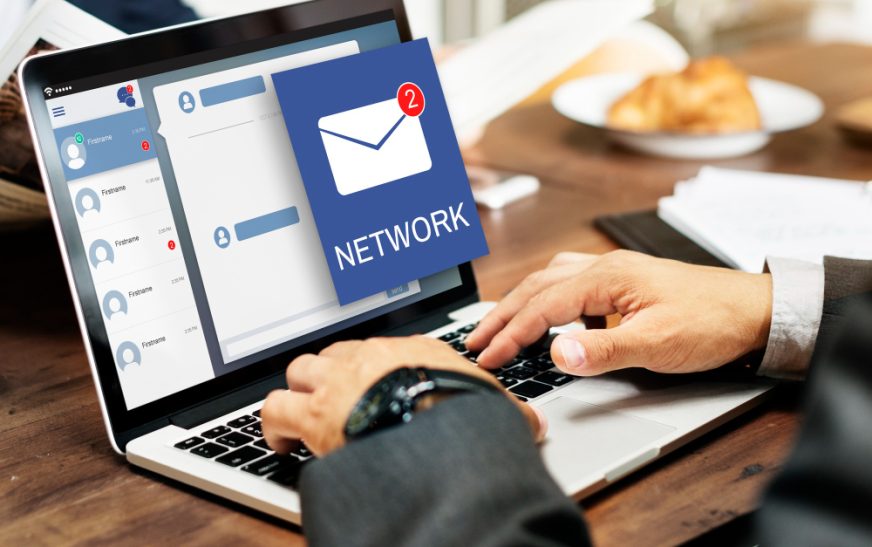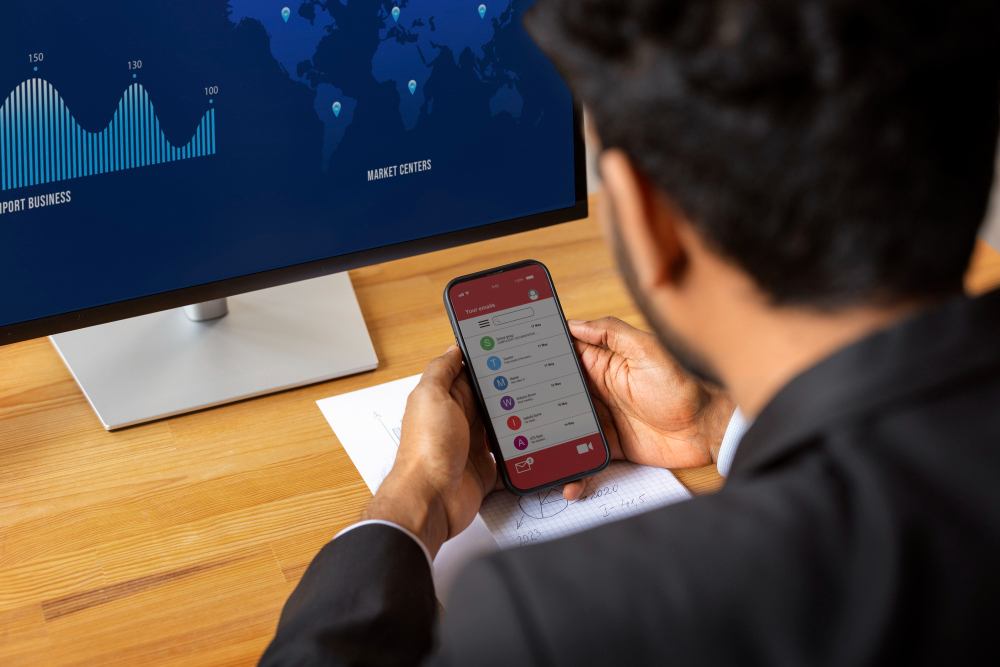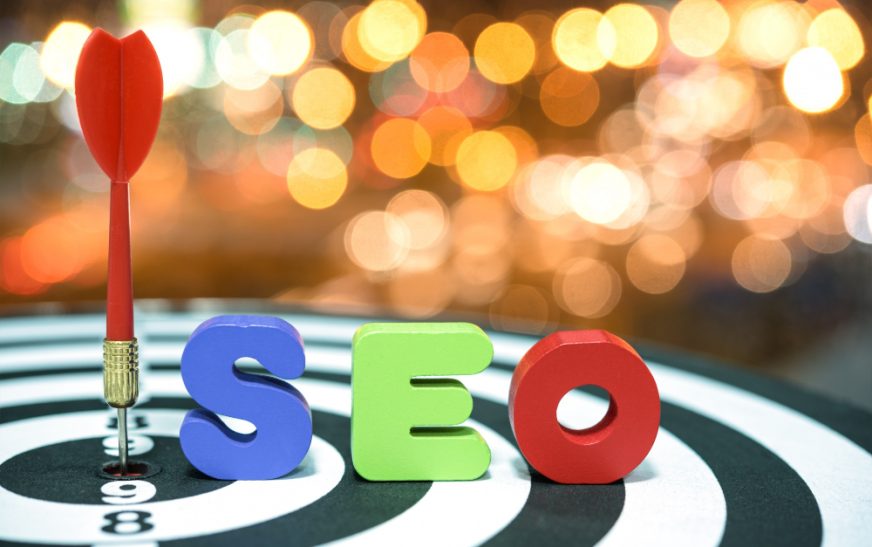In today’s competitive digital landscape, email marketing remains one of the most effective strategies for driving conversions. However, to maximize its potential, brands must embrace personalization. This blog explores how personalized email campaigns can lead to higher conversion rates, using targeted marketing strategies.
Understanding Personalization in Email Marketing
Personalization involves tailoring email content to individual recipients based on their preferences, behaviors, and demographics. Unlike generic emails, personalized campaigns resonate with recipients, making them feel valued and understood. Research shows that personalized emails have higher open rates, click-through rates, and ultimately, conversion rates.
Key Strategies for Personalizing Email Campaigns
- Segment Your Audience:Segmenting your email list allows you to send targeted messages to specific groups based on shared characteristics. For example, you can segment your audience by demographics, purchase history, or engagement levels. This enables you to craft messages that speak directly to each group’s interests.
- Utilize Dynamic Content:Dynamic content refers to email elements that change based on the recipient’s data. For instance, you can customize product recommendations, images, or offers based on the user’s previous interactions with your brand. This enhances the relevance of your emails and increases engagement.
- Leverage Behavioral Data:Monitor user behavior, such as website visits, email opens, and purchase history, to inform your email strategy. By analyzing this data, you can send timely follow-ups, reminders, or special offers to individuals based on their interactions.
- Personalize Subject Lines:The subject line is the first thing recipients see, and personalized subject lines can significantly increase open rates. Including the recipient’s name or tailoring the subject to their interests can entice them to click.
- Send Timely and Relevant Messages:Timing is crucial in email marketing. Use automation to send personalized emails at optimal times, such as on the recipient’s birthday, anniversaries, or after they’ve made a purchase. This demonstrates your attention to their needs and enhances customer relationships.
- Craft Compelling Calls to Action (CTAs):Personalization should extend to your CTAs. Use action-oriented language that resonates with your audience’s motivations. For instance, instead of a generic “Shop Now,” try “Get Your Exclusive Offer” to create a sense of urgency and exclusivity.
- Test and Optimize:Continuously test different personalization strategies to see what works best for your audience. A/B testing subject lines, content, and send times can provide insights into your audience’s preferences, allowing you to refine your approach.
- Integrating User-Generated Content (UGC):Incorporating UGC in your email campaigns can significantly boost engagement. Share reviews, testimonials, or photos from customers showcasing your products. This not only adds authenticity to your emails but also encourages recipients to see themselves using your products, increasing the likelihood of conversion.
- Using AI and Automation for Personalization:Utilize AI tools to analyze customer data and automate personalized email flows. For instance, tools like Mailchimp or HubSpot can segment your audience based on behavior and preferences, allowing you to send tailored messages at scale, saving time while maximizing relevance.
- Monitor and Adjust for Continuous Improvement:Regularly analyze the performance of your personalized email campaigns. Look at metrics like open rates, click-through rates, and conversion rates to gauge success. Use these insights to adjust your strategies, ensuring your emails continually resonate with your audience.
The Impact of Personalized Email Campaigns on Conversions
Personalized email campaigns significantly enhance conversion rates by delivering tailored content that resonates with recipients. Key benefits include:
- Increased Engagement: Personalization leads to higher open and click-through rates, as emails are more relevant to the recipient’s interests.
- Improved Customer Experience: Customized recommendations and content enhance the user experience, fostering loyalty and trust.
- Higher ROI: Brands utilizing personalized emails can see substantial returns, with studies showing that personalized messages drive sales more effectively than generic ones.
- Segmentation and Targeting: By segmenting audiences based on behavior and preferences, brands can craft messages that meet specific needs, leading to better conversions.
- Long-term Relationships: Personalized communication helps nurture customer relationships, leading to repeat business and referrals.
Key Strategies for Effective Email Campaigns
- Segmentation: Tailor messages by segmenting your audience based on behavior, demographics, and preferences to ensure relevance.
- A/B Testing: Continuously test subject lines, content types, and send times to optimize engagement and conversions.
- Cross-Channel Integration: Enhance customer experience by combining email campaigns with social media and website interactions for greater impact.
- Follow-Up Emails: Maintain engagement through timely follow-up emails after significant actions like purchases or sign-ups.
- Feedback Collection: Foster loyalty by gathering feedback via surveys or direct responses to refine future campaigns.
FAQs
- What is personalized email marketing? Personalized email marketing involves tailoring email content based on recipient data, preferences, and behaviors to enhance engagement and conversion rates.
- How does personalization improve email open rates? Personalized emails resonate more with recipients, leading to increased interest and higher open rates compared to generic messages.
- What data is needed for effective email personalization? Key data includes customer demographics, purchase history, browsing behavior, and engagement metrics.
- Are there tools to help with email personalization? Yes, various email marketing platforms like Mailchimp, HubSpot, and ActiveCampaign offer features for personalization and segmentation.
- How can I measure the success of personalized email campaigns? Success can be measured through metrics such as open rates, click-through rates, conversion rates, and overall ROI.
- Is personalization applicable to all types of businesses? Absolutely! Personalization can benefit any business, regardless of size or industry, by enhancing customer relationships and driving conversions.
- How often should I send personalized emails?
It depends on your audience and the content’s relevance, but regular engagement (e.g., weekly or monthly) is generally effective without overwhelming recipients. - What tools can help with email personalization?
Tools like Mailchimp, HubSpot, and ActiveCampaign offer features for personalization, automation, and analytics to optimize your campaigns. - How do I ensure my emails don’t come off as creepy?
Use data respectfully and transparently; allow users to choose preferences and provide value in your messaging to maintain trust
Conclusion
Incorporating personalization into your email marketing strategy is essential for increasing conversions and fostering customer loyalty. By segmenting your audience, leveraging dynamic content, and using behavioral data, you can create tailored email campaigns that resonate with your recipients. The result is not only higher open and click-through rates but also a stronger connection with your audience, leading to increased sales and long-term success.


















